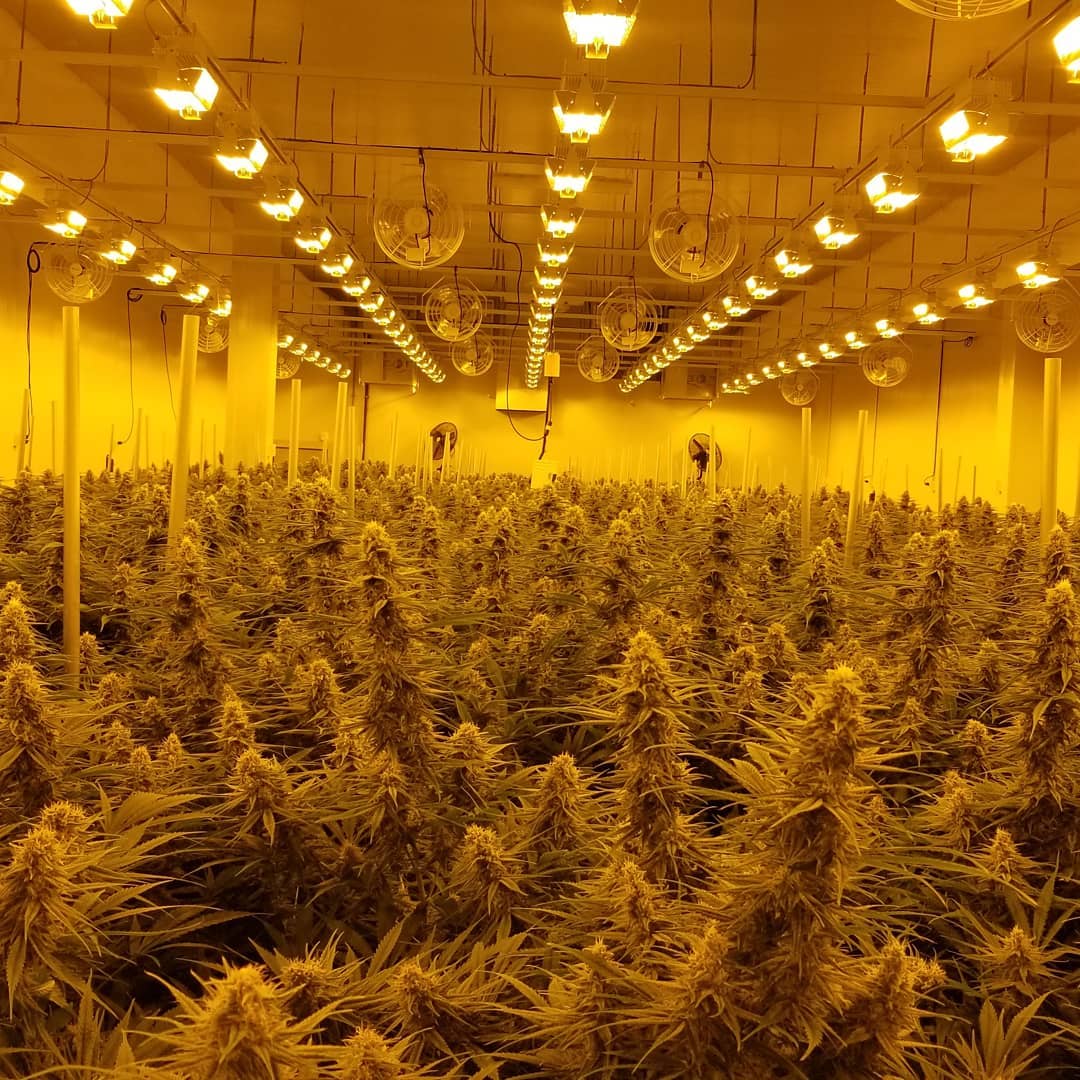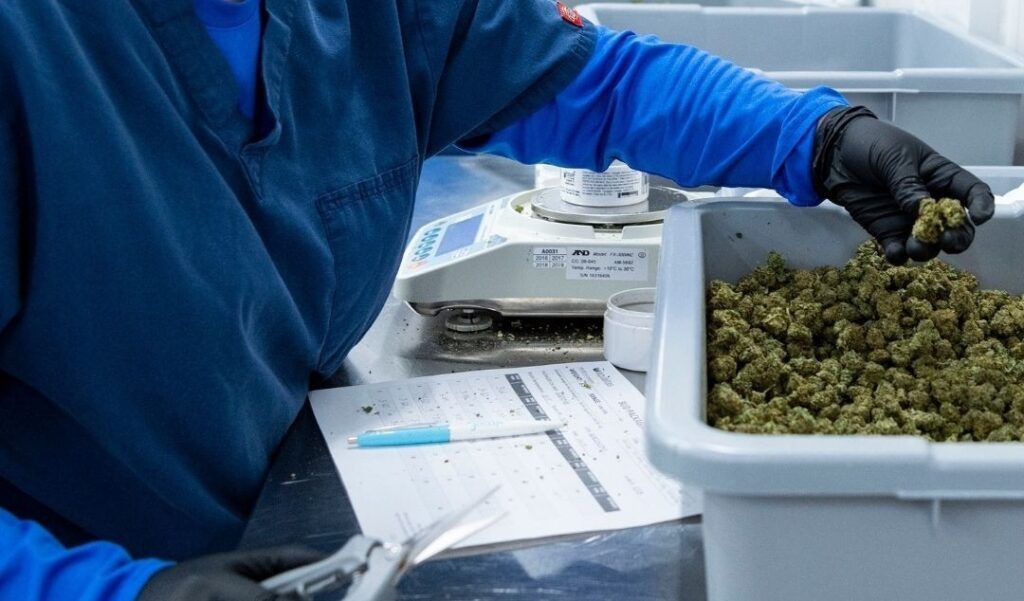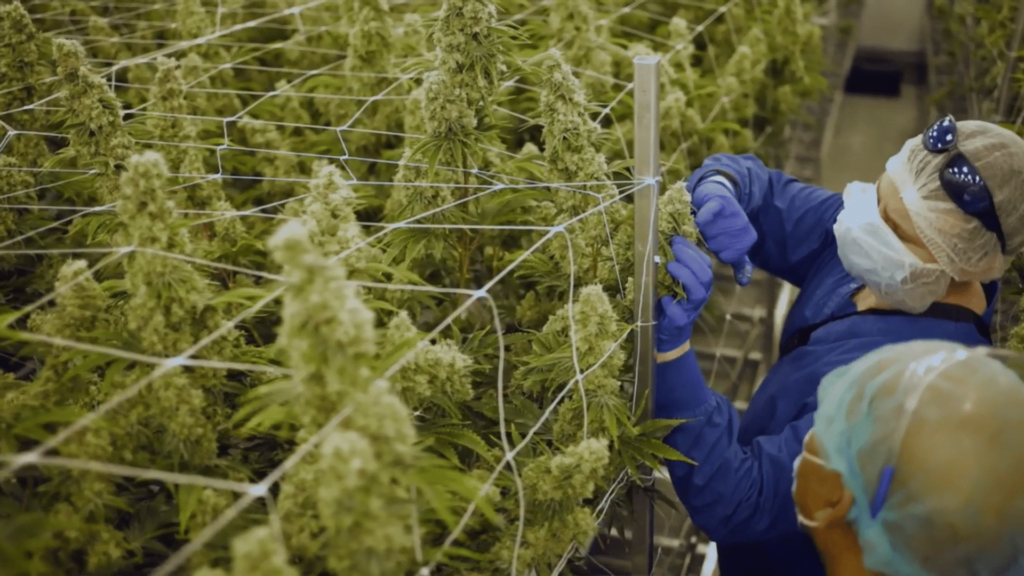7 Ways To Go Around Challenges in Craft Cannabis
The growing cannabis industry in Canada is built up by cultivators, processors, and sellers that vary in scale – from big firms who can supply wholesalers and distributors, to small scale growers who do micro-cultivation and supply smaller markets. A special type of grower who operates on a small scale called small-batch sector cannabis, also called craft cannabis or artisan cannabis, caters specifically to consumers looking for weed with exquisite characters. But there is no denying that there are challenges in craft cannabis every grower should know.
Before we go to the tips on how you as a grower can have better a relationship with your QA, let us first look back at The meaning of “craft cannabis” may differ depending on who you ask, but it technically refers to cannabis grown in small batches using cutting edge cultivation techniques. Craft cannabis distinguishes itself by having exceptional flowers that are considered boutique in comparison to other cannabis. Others consider it as art that likely comes at a premium price compared with the mainstream cannabis in the market.
Growing small batch offerings of cannabis has its own challenges and rewards, and the average grower needs to be prepared if they want to venture into this niche business. In this session at The Grower’s Source Expo, José Dominguez from Neptune Wellness Solution talks about small batch offerings, its challenges in craft cannabis and how to solve them, and the basics of contract growing.
What does it take to grow quality craft cannabis?
A lot of provinces have been trying to approach craft growing, but it takes love and passion to grow quality cannabis. Higher prices are definitely expected for perfectly presented cannabis, which obviously makes quality as the main selling point for small batch offerings. In an indirect way, you can tell that consumers like your product if they are willing to pay a premium price for it.
1. Perfection over volume
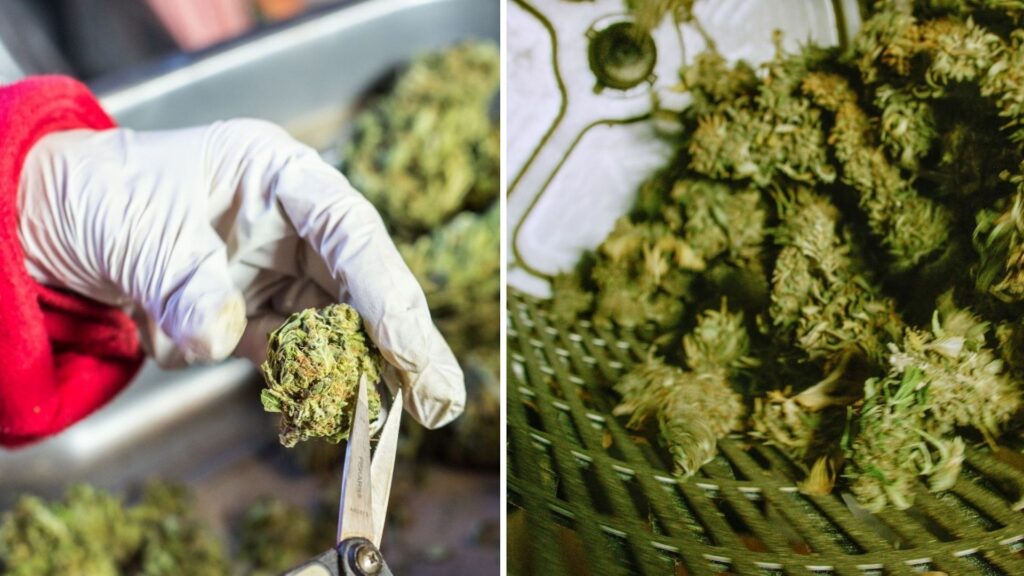
A lot of detail has to be put into making small batch offerings of cannabis. A grower in this scale does not have to supply 400 stores, so his attention is focused on perfecting the product, not the volume. The demand seems to be high on hang-dried, end-trimmed, and hand-packaged cannabis, which all require intensive labor. Again, all work in craft cannabis goes to ensure that the quality is worth it for the premium price.
The craft grower is not just aiming for high quality, but for perfection, so going beyond the basics of crop management is not only desired but required in this business. The difference in goals means that there is a different decision-making process in small batch offerings compared with growing large scale cannabis. For example, in the process of trimming, a grower aiming for the mainstream market focuses on yield, while the craft grower may trim everything he can out of the plant if he can achieve the best flowers.
2. Going beyond expectations
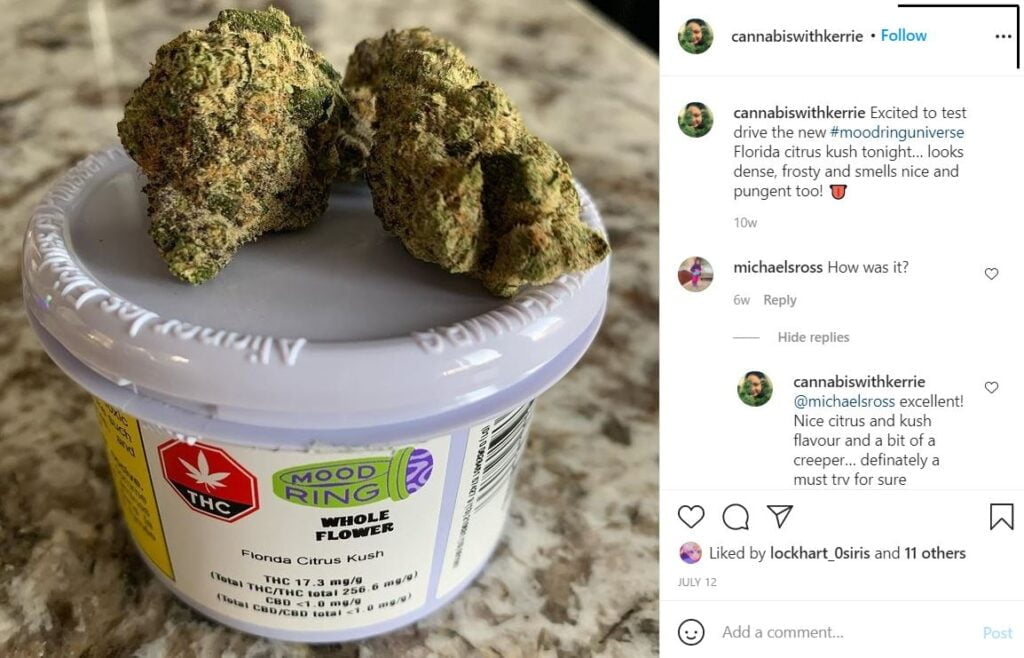
The small batch grower needs to match the expectation of the consumer, so he does not let any detail go unnoticed. Even if the grower packages the product himself, the smaller buds can break down, and this incident may tarnish his reputation forever. Consumers are always going to have something to complain about, so the best way to get ahead is to be above expectations.
José talks about 70-30, a system where 70% of the weight of the plant is 30% of the job, while the remaining 30% of the plant is 70% of the job on the bottom, to get the best price per gram of the output. The bottom can be sold as pre-roll, any products made for extraction, and other applications.
3. Maximize your area
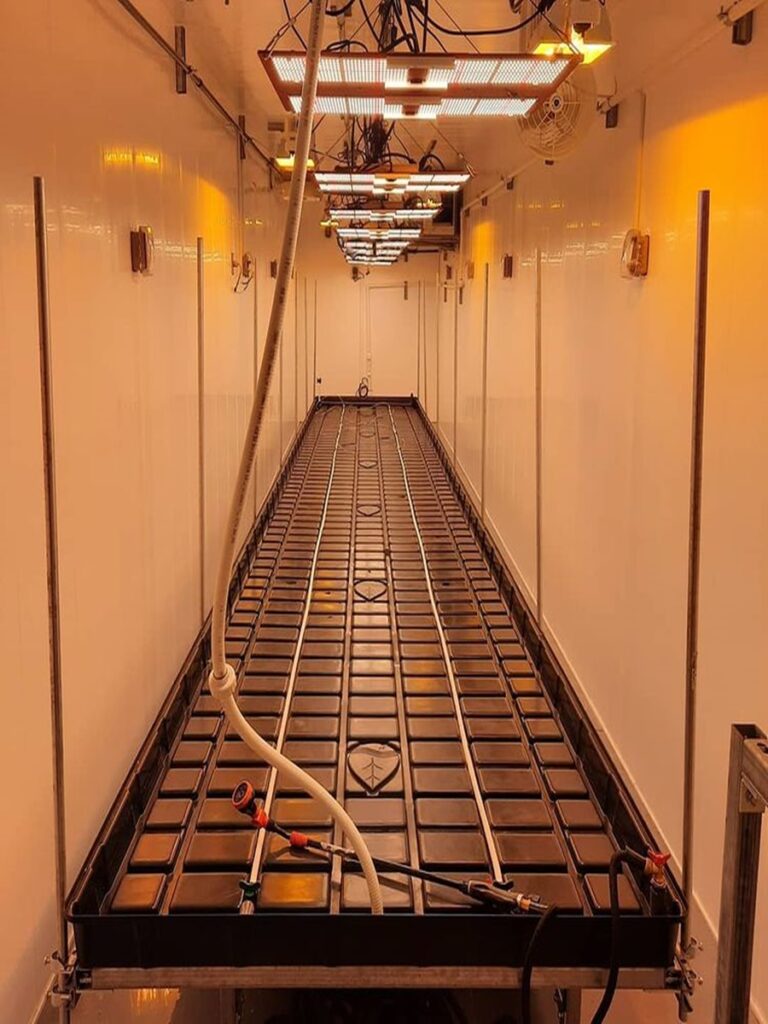
A small batch grower does not have the luxury of having a large growing area, so the goal is to maximize the best value per square footage. The grower has to scale down his operation to match his available space, so having 100 mother plants entirely misses the point of small batch growing. It is a lot easier to sell craft cannabis if the grower does not have to keep focused on meeting a specified weight and instead focus on creative markets, like offering exclusive hashish or rosin. There are markets for small craft producers who will follow the OCS “by hand” rules, like Manitoba, Ontario, and Quebec, who are looking to give consumers greater diversity in cannabis options.
4. Balance quality with yield
One of the challenges in craft cannabis, small craft growers should overcome balance premium quality with having
substantial yields, consistently. Small craft growers can have production batches under 10 to 20 kilos, but they can take too long to get enough to sell and the product gets too old and degrades in quality. Growers can also fail if they cannot find a market for their product, even at a provincial level, because they cannot consistently deliver. Efficiency is key here because the grower has to make sure that the turnaround of cash for craft cannabis is not too long. You need to support your infrastructure, your workers, and of course, to profit, so it takes a high level of consistency and efficiency to stay afloat in this business.
5. Know what the consumers and distributors want
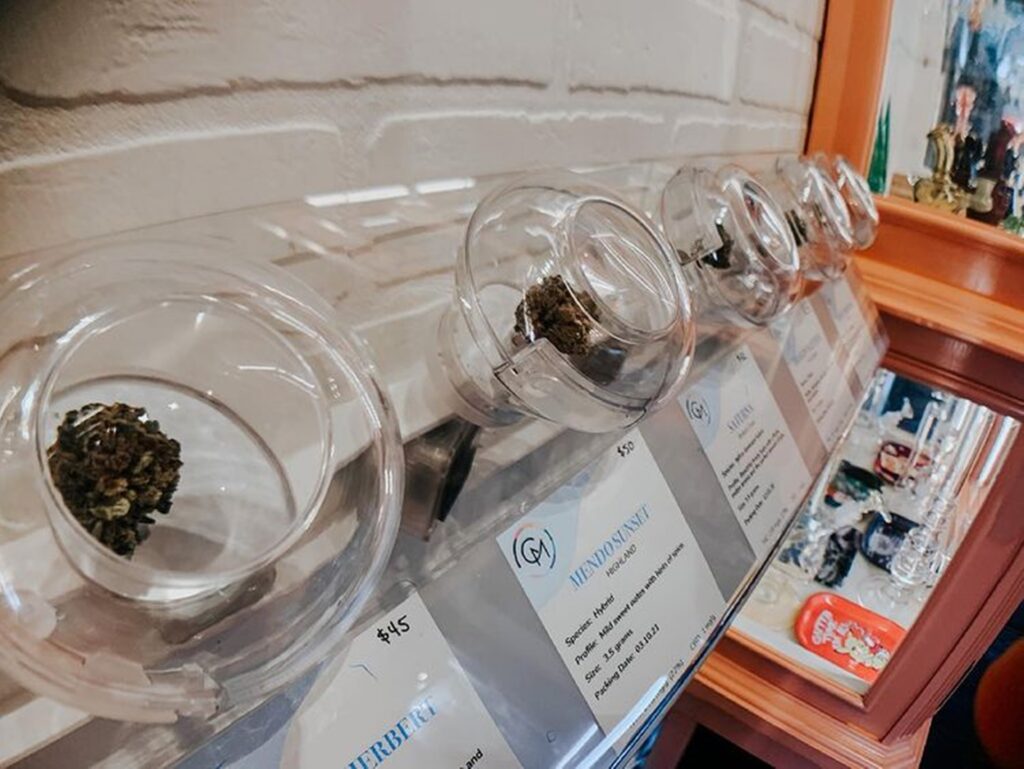
– Credit: @cottonmouth_boutiquecannabis
The cannabis industry has slowed down recently, but it is unclear if the problem lies in micro producers, small batch offerings, or strains. The slowing down can drive a better price, but the product has to speak for itself when it comes to quality. The small batch offerings of extracts are another potential venture for craft growers to cover their operating costs. Cannabis vape pens, oils, and similar products are feasible markets right now, but it is hard to produce enough to justify the retail shelf space. There are a lot of saturated cannabis derivatives that the market for vape pens and hashish is starting to get crowded.

The strategy here is to look at what the consumers and distributors really want. It is about getting a feel of which products move faster or slower. It is only after 2 to 3 years that cannabis 2.0 products are finally getting to a quality that brings in more consumers and money.
6. Choose unique genetic strains
Get a feel of the expectations of consumers at a provincial level and base your strain choice from there. It is harder to compete in a market oversaturated with certain strains, like in the case of Blue Dream being put out in high volume by the larger producers. On the other hand, there is less competition when growing a less known strain, but you have to make sure it outperforms or brings something unique against the dominant market cultivars. Study the phenolics of your cultivar in detail because it may give you an edge over your competitors. As always, every aspect matters in craft cannabis. The packaging, the presentation of the product, even the passion of the grower, are now getting recognized as price-point decisions in cannabis.
The choice of genetic strain matters more in craft cannabis than large scale cultivation because you are likely basing your entire product line into 1 to 2 strains. As a micro producer, you cannot do too many strains because all your effort will need to go into producing enough of a quality strain consistently and repeatedly.
7. Contract growing

Contract growing is a great option for small batch growers because they can put their efforts and passion into growing the best quality. They can put more time into the monitoring and management of cannabis within their facility, rather than being distracted by clerical work like labeling, accomplishing compliance documents, the whole line of assembling the final product, and distributing the product, because the processor does it for them. Contract growing is suitable for growers who are focused and concentrate on every detail of the plant. They often get the highest yields per square meter because each plant gets dedicated care. However, a downside of having their work fixed only on growing is that contract growers could harvest, but they cannot process and distribute without the corresponding licenses.
Right now, there are a lot of mass producers of cannabis in Canada, so to keep your product moving, your product has to stand out. Again, as a contract grower, all your time is devoted to the plant, so you have to rely on other people with expertise in other fields like marketing, packaging, labeling, regulations, insurance, board representation, and sales representation. These are all burdens even for the larger producers but they do not worry the contract grower.
For those trying to venture in contract growing, be wary that there is always the risk of limited size expansion. There are more challenges with contract growing, and the product may not be perfect from the start, but you as a grower can get better. José believes that maybe we will see more small batch offerings being established in the future, although at a bit slow pace. For someone who is starting out in craft growing or contract growing, this aspect of challenges in the craft cannabis industry could be challenging, but it has its own rewards and benefits. This is especially true if you are more dedicated to growing your plants to perfection, and nothing else.

“A contract grower offer is actually a very good option, because you get distribution, a buyer that really has expertise into marketing, packaging, labeling, the regulatory aspect of it, the insurance around it, the board representation, the sales representation, the call centers, everything that comes with it that literally eats time away from the growers.”
—– José Dominguez, Cannabis Sommelier & Product Manager @ Neptune Wellness Solutions
Small batch growing offers you more time to grow your strain even better. The challenges in craft cannabis are not easy, but your passion for growing and producing your product would be the most important thing in your journey as a grower. Let us hope that in a few years, small batch offerings will be even more welcome in the market.
Watch this session at The Grower’s Source Expo below.
Featured Image Credits: José Dominguez

Want to keep the discussion going?
Log onto The Grower’s Source App to ask a question of our group of experts, or to read up on the latest comments on this topic.
You can also engage your fellow master and hobby growers about many other cannabis topics on your Grower’s Source App.

CONNECT
Connect and maintain relationships between you and other Canadian cannabis industry growers.
COLLABORATE
Overcome challenges together with your fellow growers, learn, develop collective knowledge and a global competitive edge.
GROW
Grow better, aim for sustainability, quality, and cost-effectiveness.




